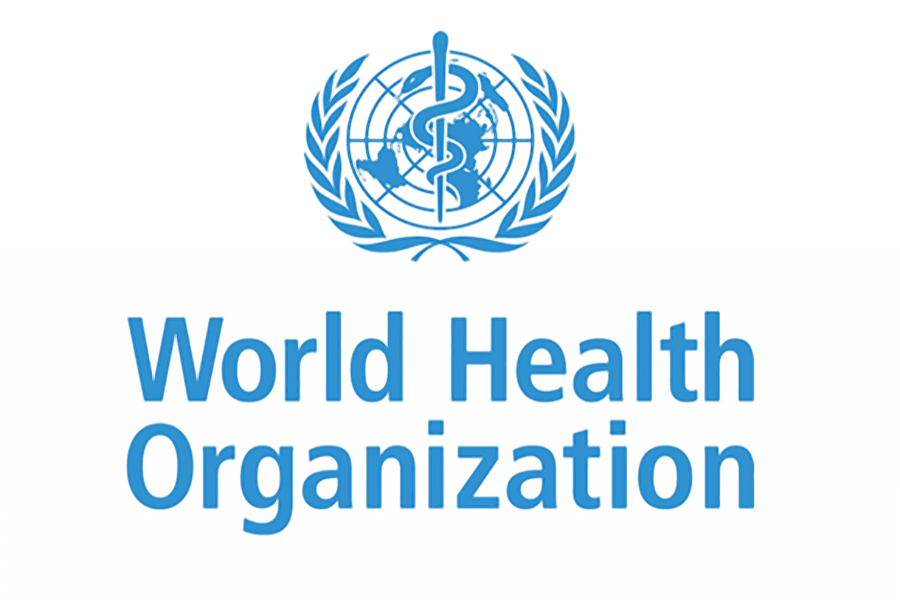Bangladesh still has a per-capita health expenditure of US$ 37 which is one-third of the World Health Organisation (WHO)-recommended $ 85-112, experts said.
Earlier, the recommended expenditure was $ 67.
Experts suggested increasing health spending at an adequate level for receiving sufficient and quality healthcare which can ensure universal health coverage (UHC).
As per-capita health spending is less in Bangladesh, out-of-pocket (OOP) expense is one of the highest in South East Asia with the lowest government share putting UHC under great threat.
In 2012, per-capita health expenditure of Bangladesh was $ 27 while India had $ 61, Nepal $ 36, Sri Lanka $ 89, Thailand $ 215, Malaysia $ 410, and Pakistan $ 39. Public expenditure was 23.7 per cent while OOP was 63.3 per cent in Bangladesh, followed by 33 per cent and 57.6 per cent in India, 40 per cent and 49.2 per cent in Nepal and 31 per cent and 61.9 per cent in Pakistan.
Former director general of health economics unit under the health ministry Ashadul Islam told the FE that there is a little scope for the government to increase its resources in the health sector by reforming financing.
He said the government's share has been declining at a percentage point since 2007. It was 27.2 per cent in 2007 which has now come down to 22 per cent.
He said pursuing UHC is a complex, costly and politically-sensitive process. UHC means healthcare should be accessible, affordable, quality and equitable.
UHC is related with distribution of health benefits and disease burden, he said, adding that there are design and implementation challenges. "UHC mainly talks about the poor and near poor and financial hardship is one of the main concerns of UHC."
Regarding the progress of the National Health Financing Strategy 2012-2032, he said there are many aspects of the strategy like reduction of OOP, financing strategy, increase resources which the health ministry could not settle.
He claimed that between 2012 and 2017, the government worked on assessment, sensitisation and advocacy. But insurance model as a financing could not advance that much, he added.
Prof Abdul Hamid of Health Economics Institute of Dhaka University said in Bangladesh, 45 per cent people receive healthcare from formal sector and 55 per cent from informal like pharmacies, quack, self-medication or others.
He also said Bangladesh is already facing various challenges of achieving the UHC target by 2030 including financial, cultural, geographical and quality.
According to experts, if a family spends 25 per cent of its incomes on healthcare, then it is vulnerable. Every year 4.0 per cent population slips into poverty due to catastrophic expenditure.
About 3.5-5.0 million people are deprived of healthcare in Dhaka city while a significant number of people are also deprived of healthcare in hard-to-reach areas.
Moreover, quality is a major challenge here. There are medical and non-medical aspects of healthcare, Prof Hamid added. Medical aspect covers right diagnosis and right prescription which ensures quality healthcare. Diagnosis is the core aspect of medical care as if it is not right, the healthcare outcome becomes adverse.
Bangladesh has a poor diagnosis system due to regulatory weakness, negligence, corruption and lack of knowledge.
Health Economics Unit (HEU) director general Nuruzzaman said there are various dimensions of quality including safety, level of efficiency, effectiveness and patient centredness of healthcare providers.
Public health expert Abdus Sabur said the government has been investing resources in wrong areas. There are 10-bed and 31-bed upazila health complex in many upazilas. But the health ministry has taken decision to construct 100-bed upazila helath complex in such upazilas where 31-bed health complex remains 50 per cent occupied.
He also alleged that the government has appointed over 20 healthcare professionals to one union sub-centre which is not even functional.
According to experts, in many countries of the world healthcare purchasers and providers are separate authorities. In Bangladesh, the government plays the role of both purchaser and provider. They suggested splitting the two authorities to streamline the health sector.
Experts and physicians also suggested making the community clinics functional to achieve the UHC coverage as it is a basic human right. Without affordable, quality and accessible healthcare for all, sustainable development goal (SDG) will not also be achieved.


